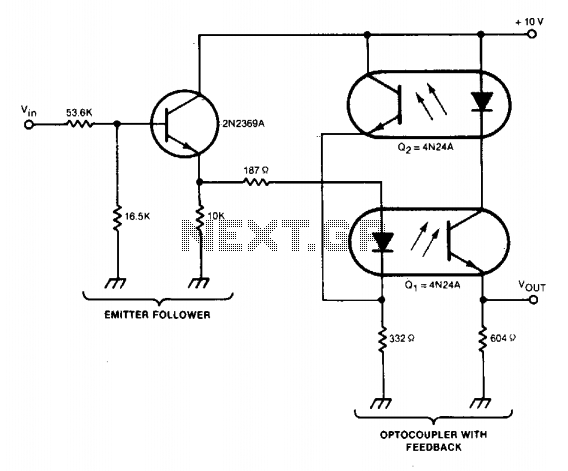
It is defined by a specific input signal in a limited time and refers to the capacity of isolation resistance of the device.

Power dissipation: The amount of energy that the device can safely dissipate.Storage temperature refers to the temperature range that supports the component when it is not powered, -65☌ to +150☌ in space environments. Operating and Storage Temperature: Ambient temperature in which the device (powered) functions standardly, space applications round -55☌ to +125☌.They define the admissible limit of operation. B1), the output current of the optocoupler ( I opt ) will be decreased linearly from the input current by a current transfer ratio (K) of 0.2 using Equation (1). These parameters are fundamental for the functionality of the device.

Circuit Design: Main parameters of an optocoupler Absolute maximum ratings Current Transfer Ratio is defined as a ratio of output collector current, IO, to the forward LED input current, IF, times 100. To make a good circuit design, we have to know all about the main parameters of an optocoupler and understand the specification. Optocoupler provided isolation between circuits that need to have interaction in between.


 0 kommentar(er)
0 kommentar(er)
